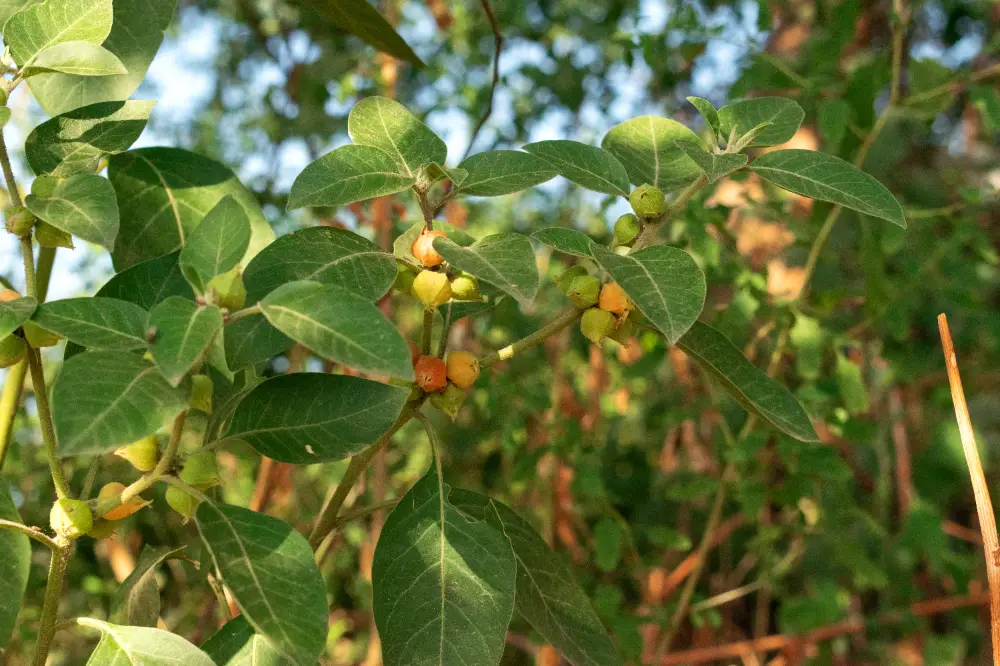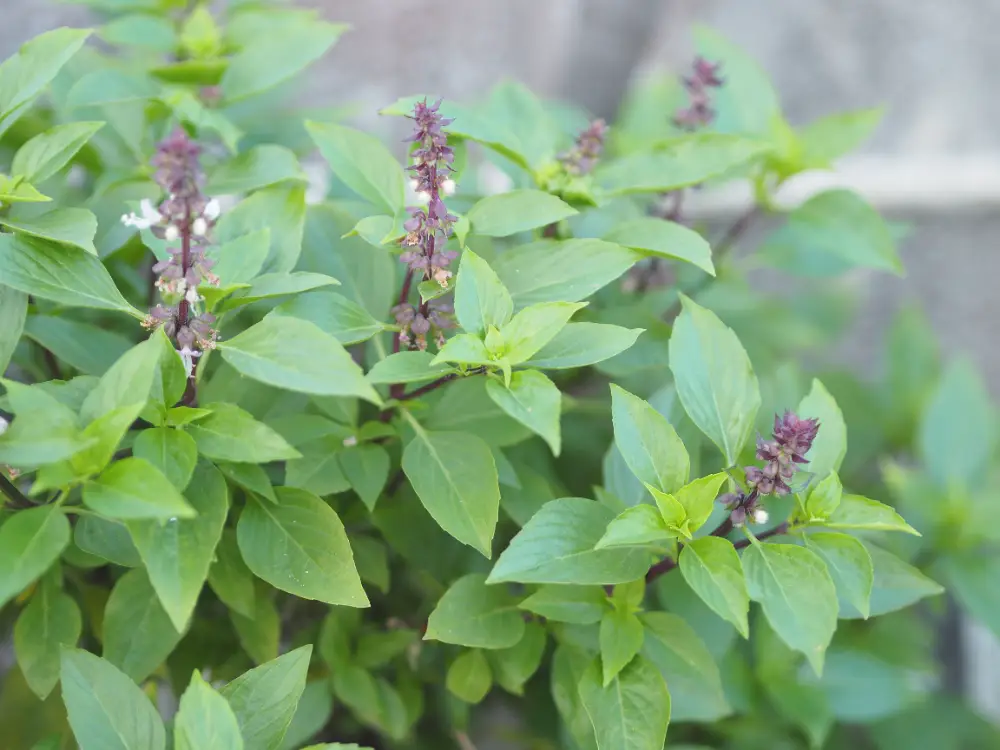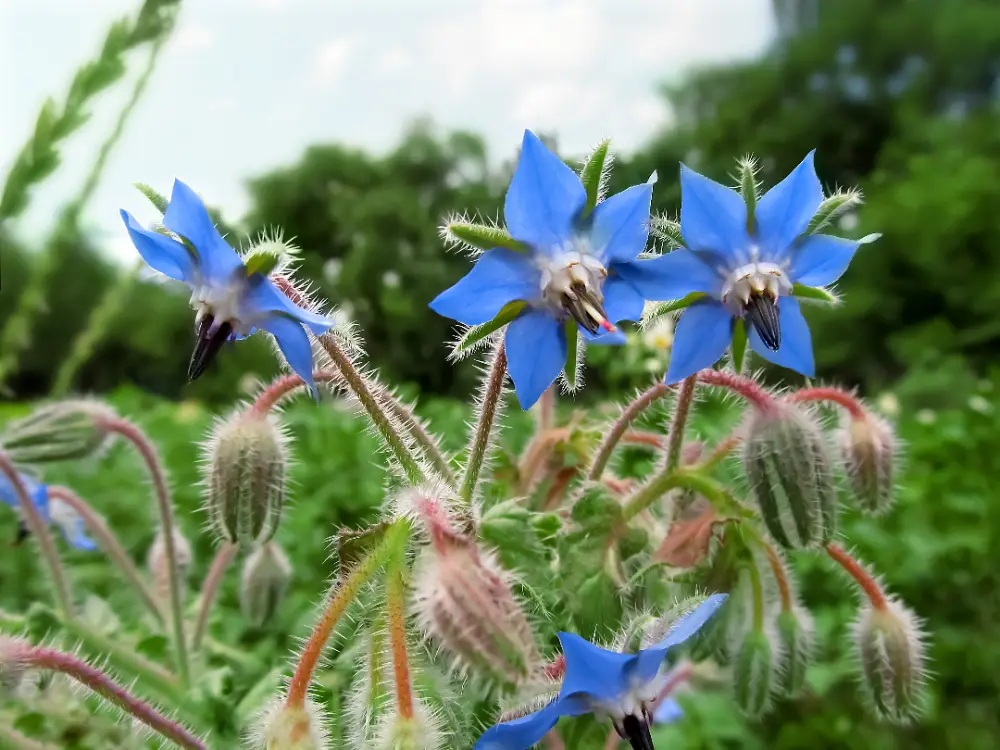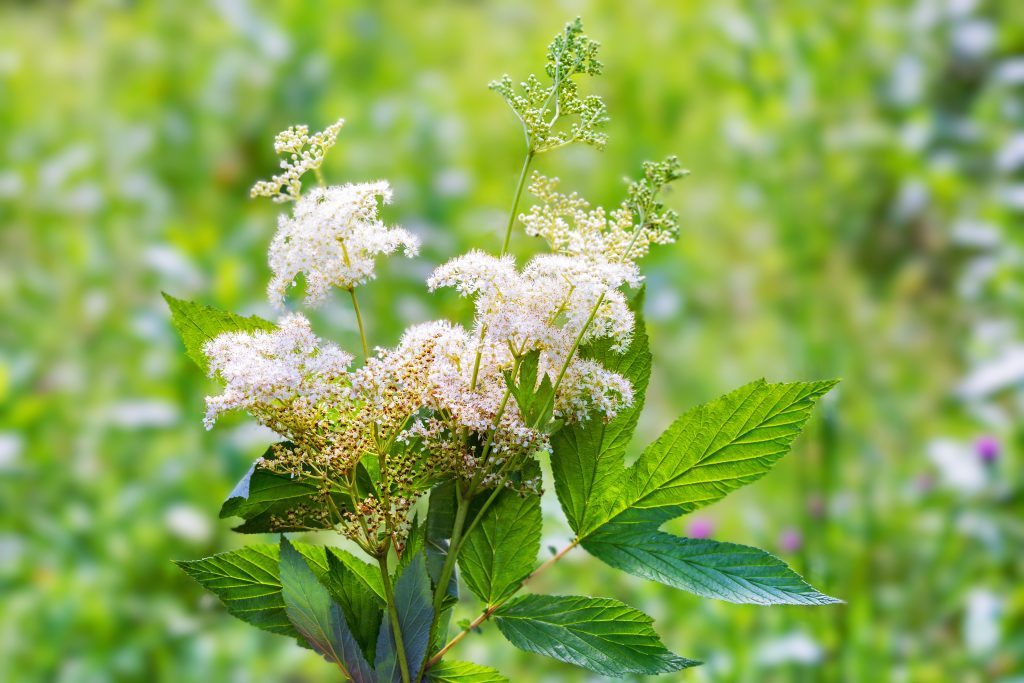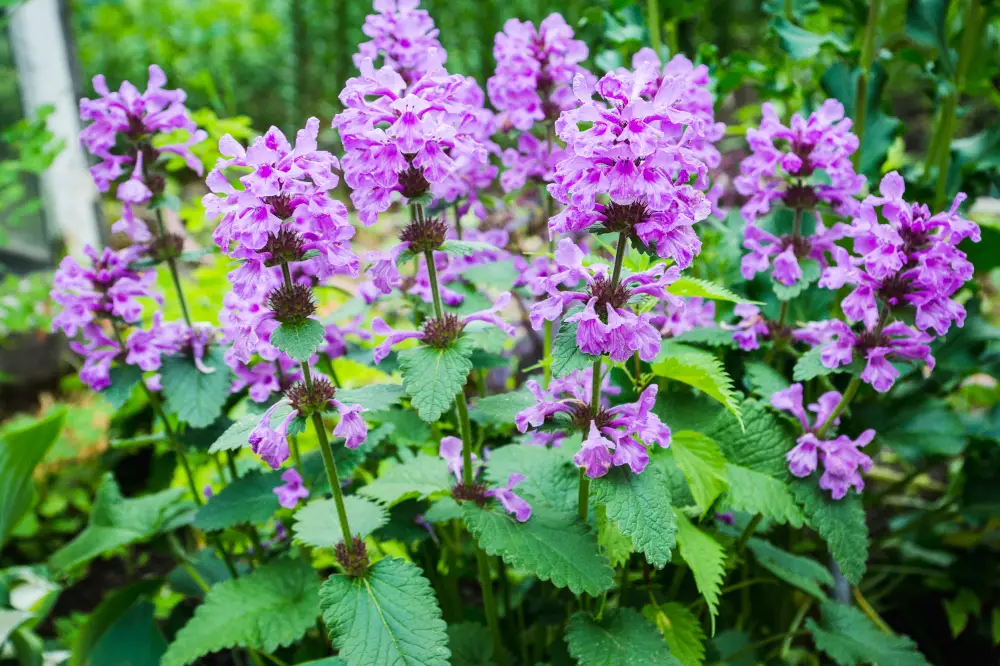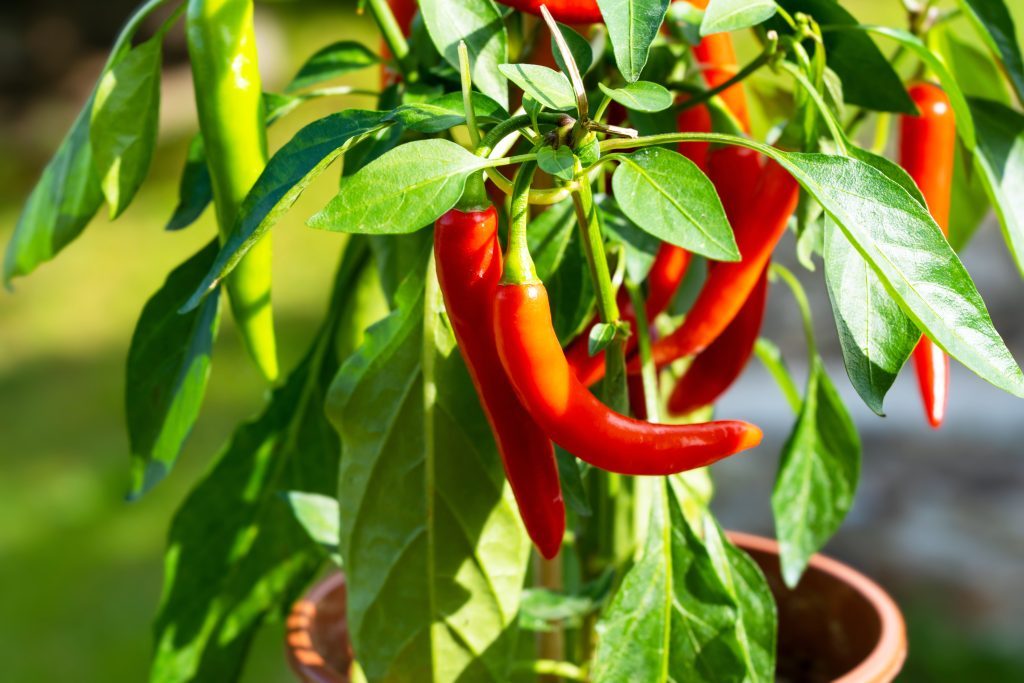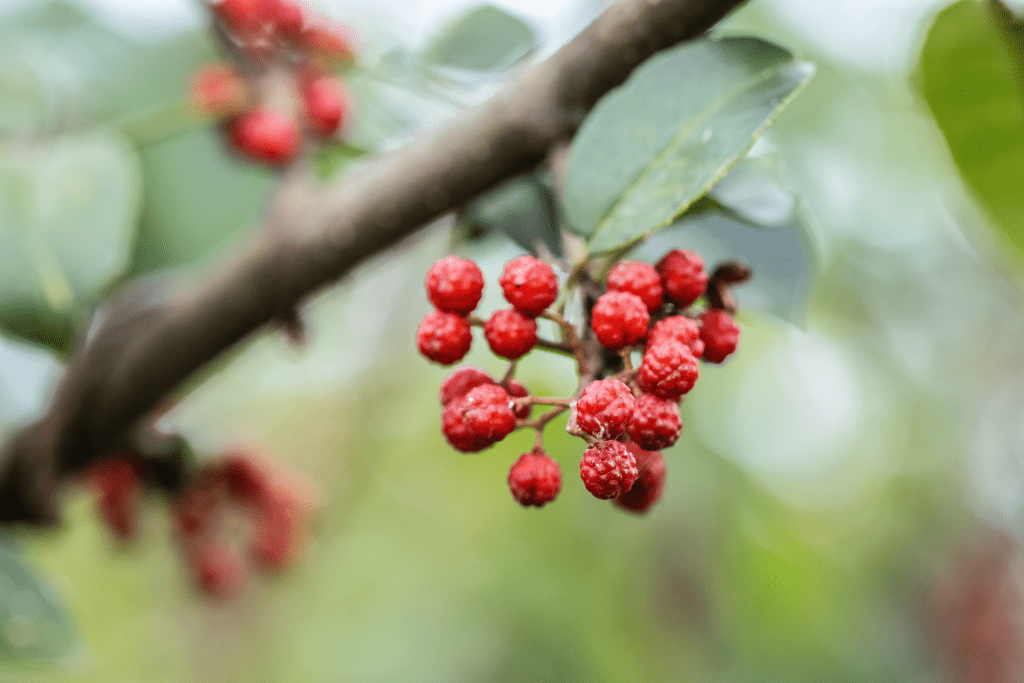
Anise Hyssop
Agastache foeniculum
Lamiaceae (Mint Family)
Keeper of Sweet Breath, Heart Warmth, and Uplifted Spirit
Other names:
Blue Giant Hyssop, Licorice Mint, Fragrant Giant Hyssop
Superpower
To soothe the breath and heart with calm vitality — inspiring warmth, digestion, and emotional ease through its sweetly aromatic presence.
Cautions
Generally regarded as safe. Use caution in pregnancy due to essential oil content. Avoid internal use of concentrated essential oil.
Known Chemical Constituents
Volatile Oils:
estragole (methyl chavicol), limonene, menthone, methyl eugenol, β-caryophyllene.
Terpenoids:
monoterpenes and sesquiterpenes (as above); diterpenes, triterpenoids, and plant sterols including β-sitosterol and stigmasterol; carotenoids such as β-carotene and lutein.
Flavonoids:
apigenin, apigenin-7-O-glucoside, acacetin, tilianin (acacetin-3-O-glucoside).
Polyphenols:
phenolic compounds including flavonoids, phenolic acids, and lignans contributing to antioxidant and anti-inflammatory activity.
Phenolic Acids:
rosmarinic acid, caffeic acid, and related hydroxycinnamic acid derivatives.
Lignans:
agastinol, agastenol.
Botanical Description
Anise Hyssop is a perennial herb native to North America and a member of the mint family. It grows 2–4 feet tall, featuring square stems and opposite, heart-shaped leaves that emit a sweet licorice fragrance when crushed. Lavender-purple flower spikes bloom from midsummer into fall, attracting bees, butterflies, and hummingbirds.
Fun Facts
Despite its name, Anise Hyssop is unrelated to both true anise (Pimpinella anisum) and biblical hyssop (Hyssopus officinalis). Its nectar-rich blossoms are a favorite among pollinators, making it a beautiful ally for herbal gardens that nurture both people and bees.
Parts Used
Leaves and flowering tops.
Harvest
Timing:
Anise Hyssop is best harvested just before or as the first flowers begin to open, typically from midsummer through early fall. This timing ensures the highest concentration of volatile oils and aromatic compounds.
Method:
Use clean, sharp scissors or pruning shears to cut the upper third of the plant, including both leaves and flowering tops. Harvest midmorning after the dew has lifted. Always leave a portion of the blooms intact for pollinators and continued plant vitality.
Storage:
Bundle small handfuls of stems and hang upside down in a cool, shaded area with good airflow. Once fully dried and crisp, remove the leaves and flowers from the stems and store in airtight glass jars, away from direct light and moisture. Properly dried Anise Hyssop retains its vibrant color and sweet fragrance for up to one year.
Preparations
Tea / Infusion: Steep 1–2 tsp of dried leaves and flowers in hot water for 10–15 minutes to support digestion, ease coughs, and lift mood.
Tincture: Fresh or dried leaf and flower tincture at 1:5 ratio in 40–50% alcohol.
Culinary: Fresh leaves add a sweet, anise-like flavor to salads, syrups, baked goods, and desserts.
Topical: Infused oil or floral steam for gentle respiratory and skin support.
Sacred Rituals
Anise Hyssop may be burned, steeped, or included in ritual baths to renew energy and invite clarity. Use in ceremonies for joy, gratitude, and heart-centered communication. Aligns with the waxing or full moon for creative expression and renewal.
Affirmations
“I breathe deeply and receive life’s sweetness. My heart is open, and my spirit is light.”
Spiritual Associations
Anise Hyssop is associated with purification, protection, and the gentle uplifting of the heart. Its sweet fragrance is said to clear stagnant energy and invite clarity, joy, and spiritual renewal. Often used to open the pathways of communication between the heart and spirit, it encourages honest expression and compassionate listening.
In ritual work, it may be used to bless sacred space, awaken intuition, and renew trust in the sweetness of life’s unfolding.
Functions
A substance or agent that inhibits the growth of or destroys a broad range of microorganisms, including bacteria, viruses, fungi, and protozoa.
AntimicrobialA substance or agent that inhibits the growth of or destroys microorganisms, including bacteria, viruses, fungi, and protozoa.
AntioxidantA substance or agent that neutralizes free radicals, preventing oxidative damage to cells and tissues.
AntiviralA substance or agent that inhibits the replication and spread of viruses within the body.
Carminative
A substance or agent that helps relieve gas, bloating, and discomfort in the digestive system by promoting the expulsion of gas and soothing the digestive tract.
Circulatory stimulantA substance or agent that enhances blood flow, oxygenation, and nutrient delivery throughout the body, often by dilating blood vessels or improving cardiovascular efficiency.
diaphoretic (mild)Expectorant (clears mucus)mood uplifting/ antidepressant (mild)Nervine TonicA nervine tonic is a substance that nourishes, restores, and strengthens the nervous system, promoting long-term resilience and balance.
Relaxant (smooth muscle)

